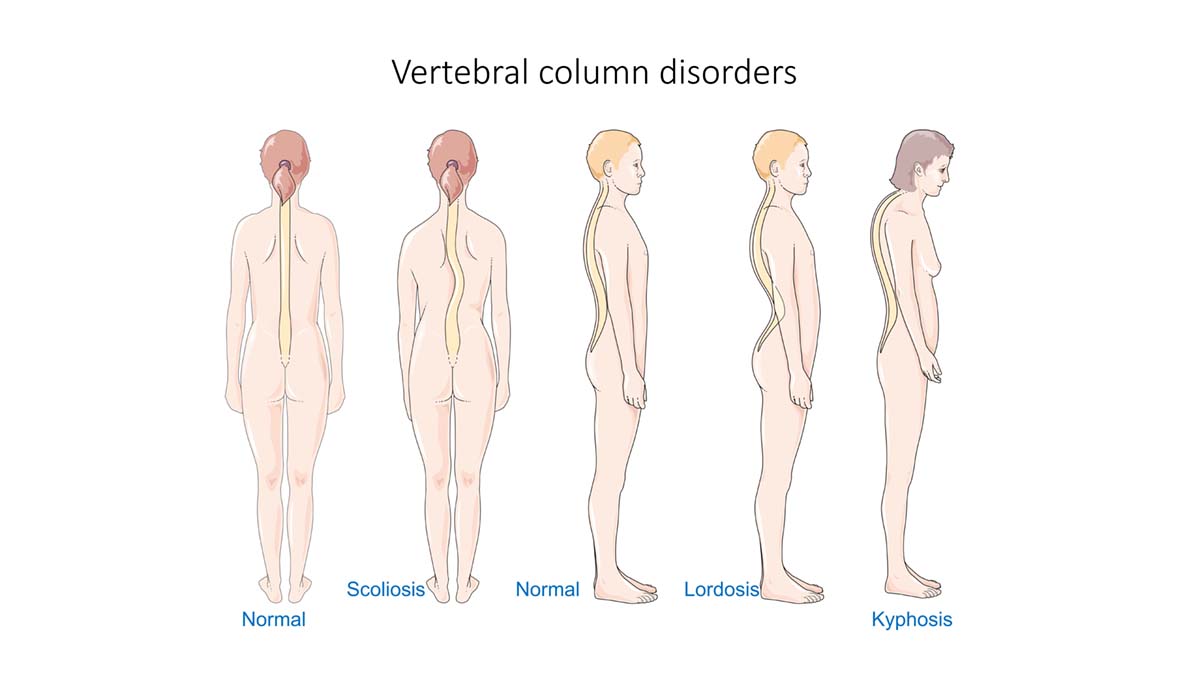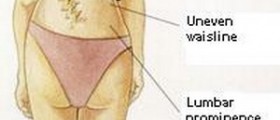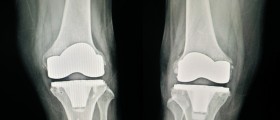
IntroductionKyphosis is a deformity of the spine. The spine is curved by causing the bowing of the back and even a hunchback. The solution to the problem is to undergo some physical therapy and do regular exercises for several months. However surgery may be needed if the symptoms are severe and provoke a lot of discomfort and health risks.
The severe curvature of the spine means that the deformity is visible due to the the angle of the curve being about at 60 or 70 degrees in the middle or lower part of the spine, which is known as the thoracolumbar. In other case, the thoracic spine has a curve of more than 80 degrees. When some physical therapy or other non-surgical treatments are not that effective and the curving of the back does not lessen, but becomes worse and more serious, surgery is probably the best option.
A curved spine causes difficulties in balance and too much leaning makes it hard to do everyday activities. Kyphosis is marked by pains casued by the pressure on the nerves in the spine. A person can feel pins and needles, numbness, stiffness and intense pains. Kyphosis causes breathing problems and bowel and bladder complications. Surgery
Surgical treatments are used in severe cases. Its main purpose is to ease the pains and remove deformities and prevent any further curving of the spine.
There are several surgeries. In osteotomy a surgeon cuts the bone and aligns it with others thus reducing the angle of deformity. The surgeon then places the bones in a fixed position by using a bone graft, a donor bone, or injects substances to induce the growing of the bone.
The surgeon can place plates, wires or screws inside the spine to stabilize the bones. The bones then heal and the curving is reduced. This operation is called spinal instrumentation and fusion. The spinal bones and vertebrae are fuse and stabilized and unable to move. Depending on the type and location of the curve, a surgeon can carry out the operation from the front, back or both direction.
If there are any fractures, then balloon kyphoplasty is performed. Here, through a small incision, an orthopedic balloon is placed inside the vertebra, the spinal bone. The balloon corrects the vertebrae and after its removal, a surgical cement is inserted in the hole created by the balloon. The cement thickens and stabilizes the bones.
Surgeries have potential risks so before undergoing the surgery, consider all its risks. Surgery may fail to give results or prompt more complications. These surgeries can cause nerve injuries or injuries of the spinal cord, infections, pains and a lack of healing in the bones. Sometimes, another surgery is possible. Recovery after the surgery includes the use of medications painkillers and physical therapy.

















Your thoughts on this
Loading...